
2024-07-15 01:55:03
“No more wire hangers ever” is one of the most quotable lines in Hollywood history, and it almost didn’t happen.
Faye Dunaway, who portrayed silver screen star Joan Crawford in 1981’s “Mommie Dearest,” was said to be hesitant about bringing the film’s most infamous scene to life. In the scene, Crawford [Dunaway] is seen beating her young, adopted daughter Christina [Mara Hobel].
“It was a traumatic filming situation for Faye,” author A. Ashley Hoff told Fox News Digital. “It’s one of the reasons she’s hesitant to talk about the film today.”

Faye Dunaway was reportedly wary of filming the infamous “no more wire hangers” scene for “Mommie Dearest.” (Paramount)
Hoff has written a new book, “With Love, Mommie Dearest: The Making of an Unintentional Camp Classic.” It explores how a box office bomb morphed into a cult classic over the years. It also features new interviews with the cast and crew.
Dunaway, 83, didn’t participate in the book. A spokesperson for the actress didn’t immediately respond to Fox News Digital’s request for comment.
“Joan Crawford once singled out Faye Dunaway as one of the finest stars,” Hoff explained. “There was a mutual respect there that attracted Faye to this role. And I think Faye also hoped that she would give a more three-dimensional view of Joan Crawford. … The unfortunate thing is that the movie she signed on for was ‘Mommie Dearest.’”
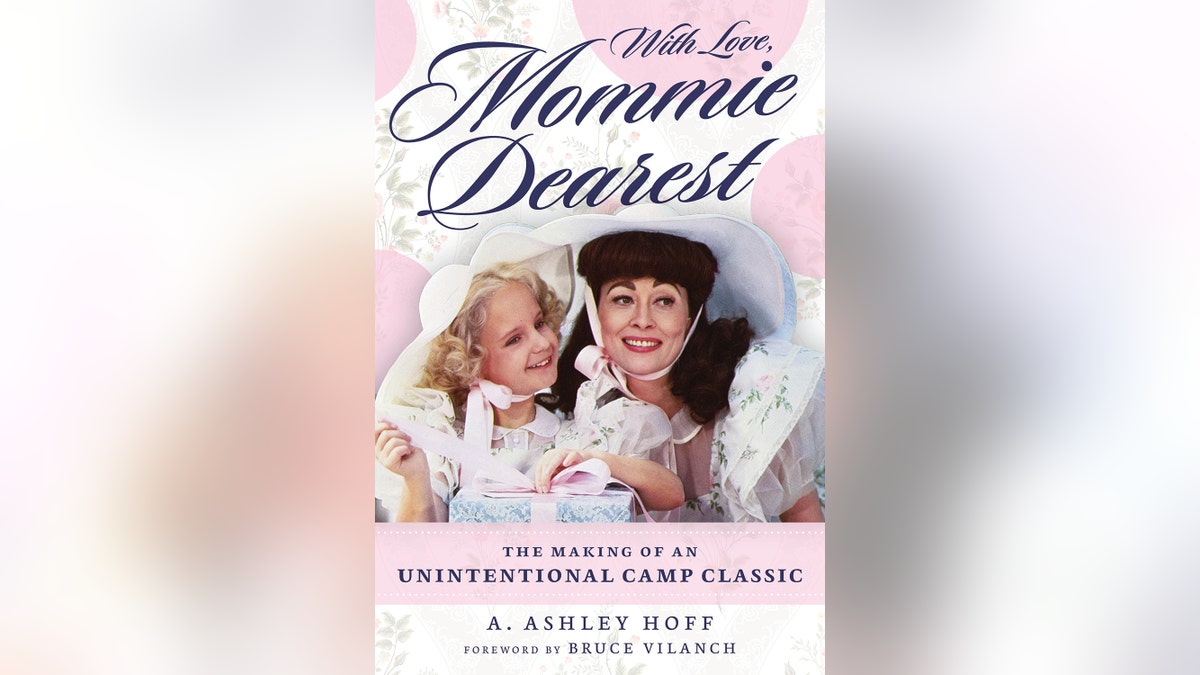
A. Ashley Hoff’s new book, “With Love, Mommie Dearest: The Making of an Unintentional Camp Classic,” is available now. (Chicago Review Press)
“Mommie Dearest” is based on the 1978 tell-all by Christina Crawford, who alleged her mother, an icon of Hollywood’s golden era, was a cruel, abusive alcoholic who ruled her household like a tyrant. Joan Crawford, who died in 1977, wrote Christina and her adopted son Christopher out of her will “for reasons which are well known to them.”

Joan Crawford is seen here with her adopted daughter Christina, circa 1946. (Getty Images)
Hoff claimed Dunaway balked at the idea of filming the violent, shocking scene.
“She didn’t want to be seen hitting Mara,” Hoff explained. “They had to have a stand-in for both Mara and Faye to do the actual hitting and whacking with a wire hanger. It was just a traumatic scene for Faye to do. … She had to overcome her trepidation to go through with the scene. But she had a lot of mixed feelings even throughout her preparation and the filming.
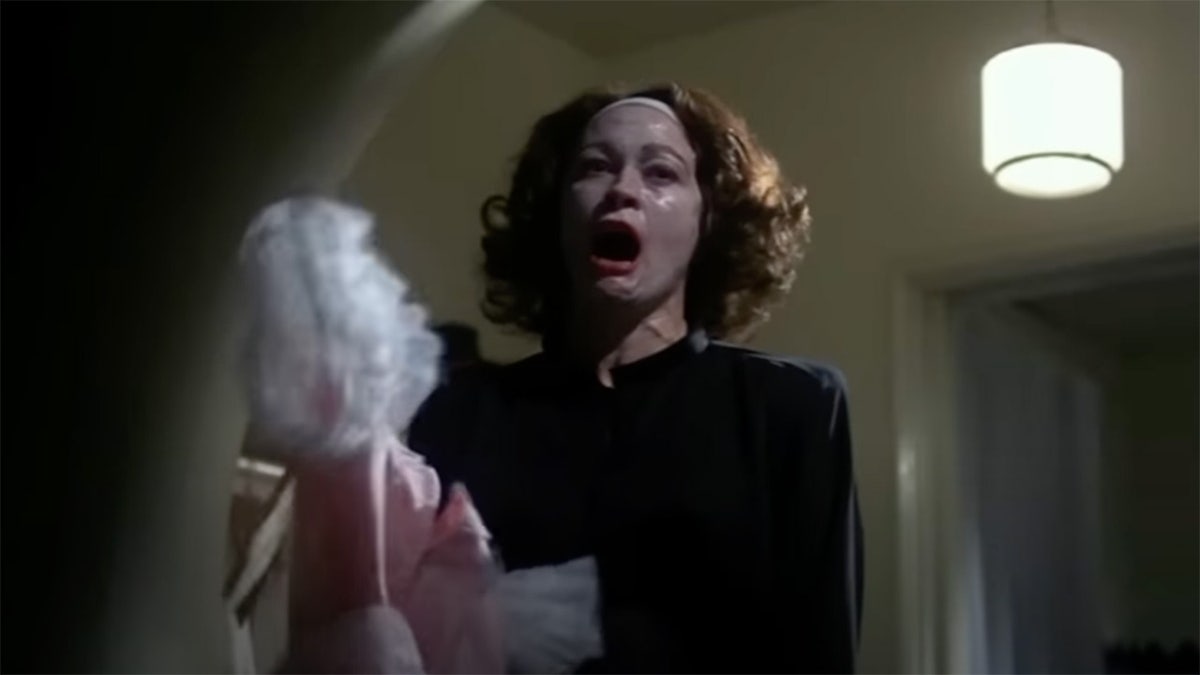
In the infamous scene, Joan Crawford (Faye Dunaway) is seen beating her adopted daughter Christina Crawford (Mara Hobel) with a wire hanger. (Paramount)
“Faye wanted to soften what had become the public’s perception of Joan Crawford,” Hoff continued. “She had hoped to bring more balance to the story and perhaps an understanding of what Joan Crawford was dealing with as an aging actress. And that scene was violent. She fought tooth and nail against playing up the violence. She didn’t even want to do it. So the stand-ins were brought in.”
Hobel, now 53, told Hoff that, as a working child actress, she wasn’t as fazed by the scene.
“There’s one shot where they had, like, a mannequin or — I don’t know what it was,” Hobel recalled, as quoted by Hoff in his book.
CLICK HERE TO SIGN UP FOR THE ENTERTAINMENT NEWSLETTER
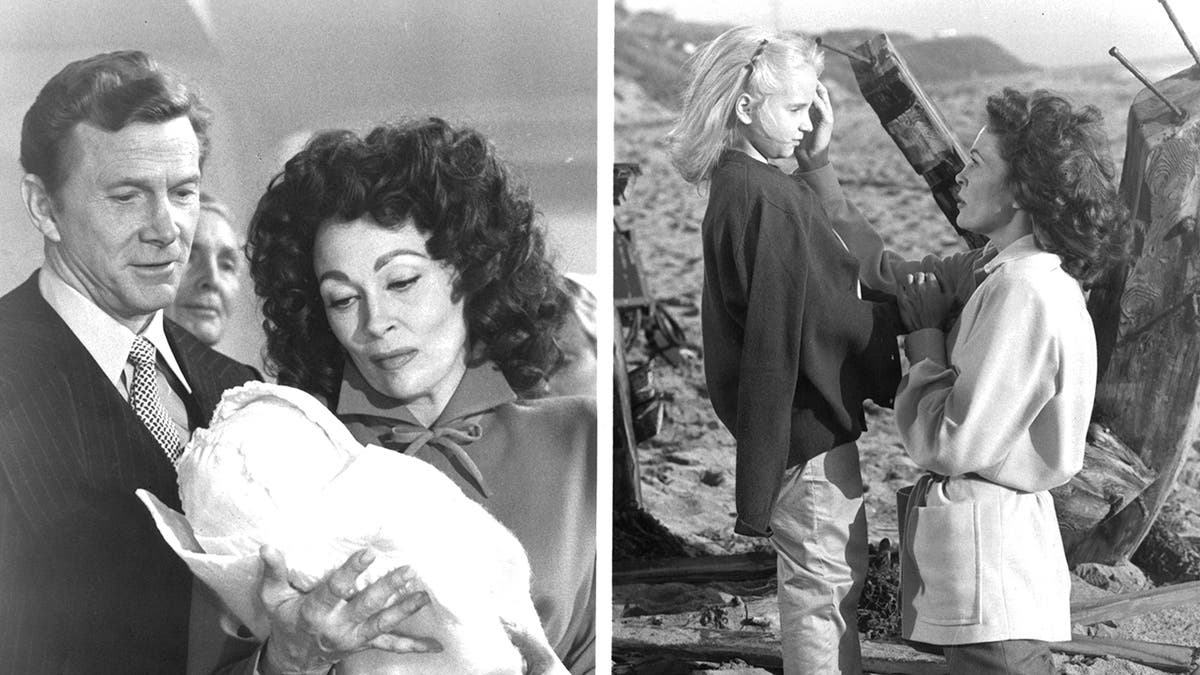
Actress Faye Dunaway with Mara Hobel and actor Steve Forrest on the set of the Paramount Pictures movie “Mommie Dearest” in 1981. (Michael Ochs Archives/Getty Images)
“It wasn’t human, and it wasn’t me,” she said. “But for all the other shots it was me. They just layered my back in a thick suede or a leather and cotton, and then they put a T-shirt over me and then my wardrobe. And then there was a comforter that she had pulled off during that tussle, and that’s where you see the hanger hitting. Although I didn’t feel the sting on my back, I could feel the thumping of the hanger on my back, but no pain.”
Technical adviser Jonathan Zimbert also claimed the scene was “very difficult to shoot.”
“Faye understood very well that that character would be seen, a hundred percent, as a monster if she were aggressively to do what was scripted,” said Zimbert, as quoted in the book. “And so she held back. It was more comical [on the set] than it exists [on-screen]. And she wouldn’t do it despite encouraging and encouraging and some more encouraging.”
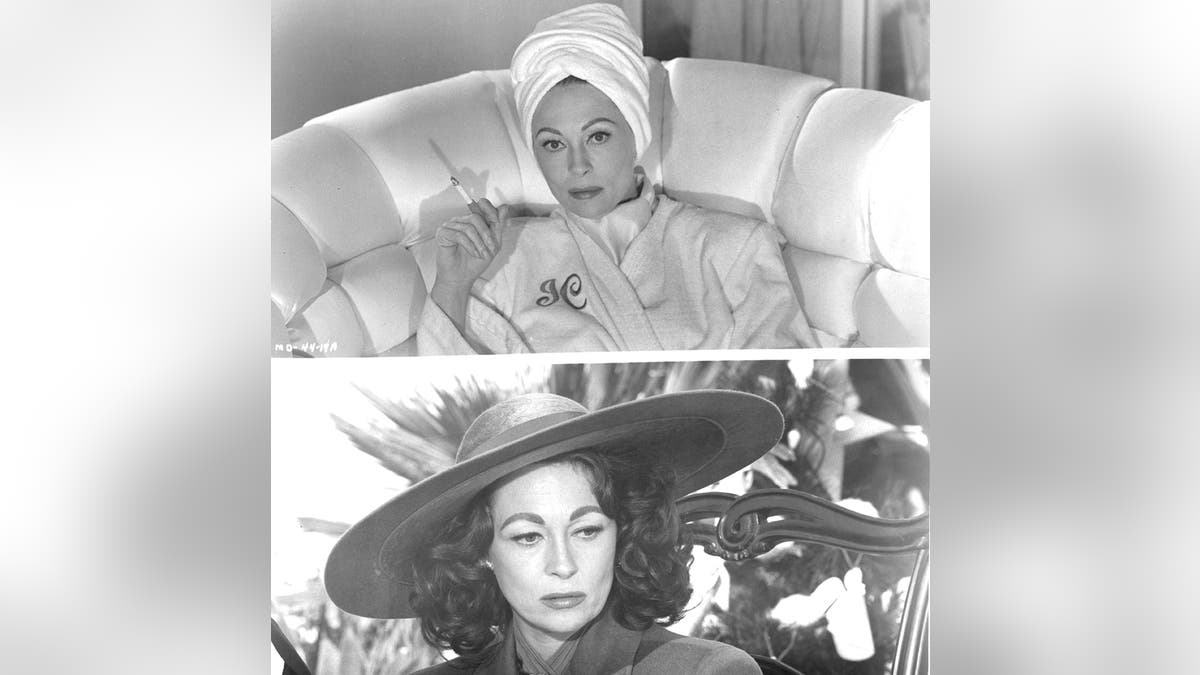
According to those on the set of “Mommie Dearest,” Faye Dunaway didn’t want to depict Joan Crawford as a monster. (Michael Ochs Archives/Getty Images)
For years, it’s been alleged Dunaway had bad behavior on set as a no-nonsense diva. The star addressed those whispers in an upcoming documentary about her career, Page Six reported.
Hoff said in “Mommie Dearest,” everyone on set had an opinion about Dunaway’s behavior.
LIKE WHAT YOU’RE READING? CLICK HERE FOR MORE ENTERTAINMENT NEWS
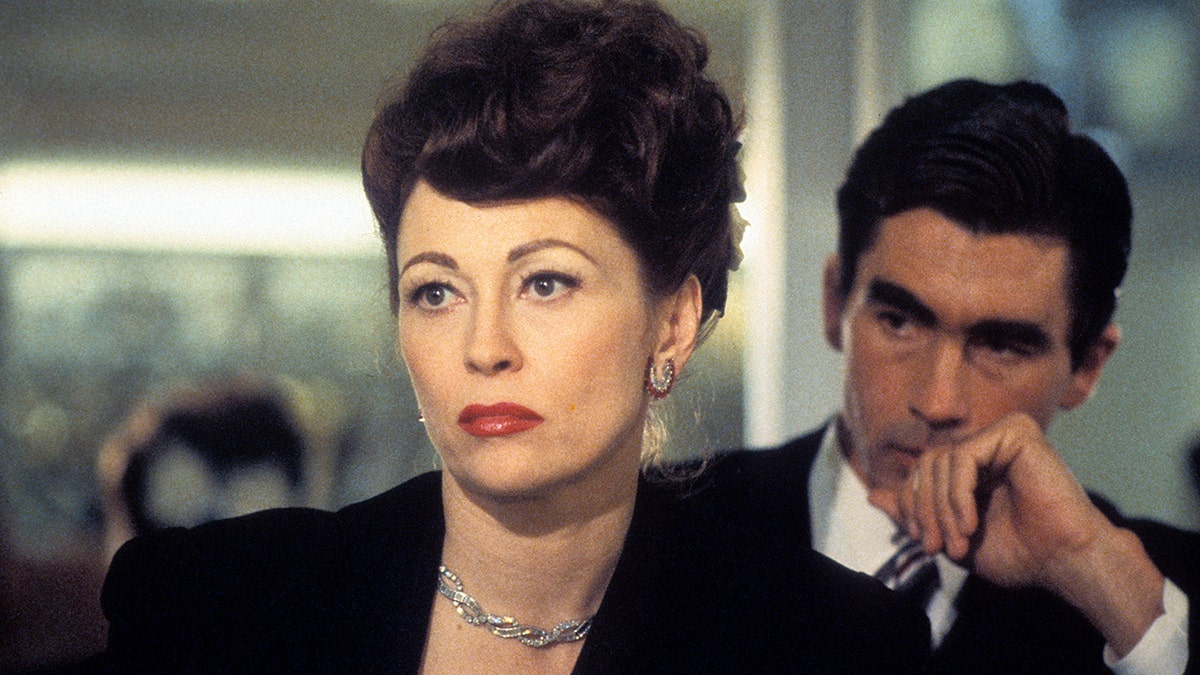
“Mommie Dearest” is hailed as a cult classic. (Michael Ochs Archives/Getty Images)
“I talked to both actors who worked on the set, as well as production staff and crew members who worked behind the scenes,” Hoff told Fox News Digital. “I quoted people giving their impressions. There were a lot of people who criticized Faye and felt that her behavior was … abusive towards them. … But other people felt that Faye Dunaway … takes her career very seriously. She takes her performances very seriously.”

“Mommie Dearest” was based on the book written by Christina Crawford. (Getty Images)
“She would be late to the set sometimes by several hours,” Hoff said. “Several people felt that it was because she wanted to get the makeup and the hair just right. She wasn’t going to leave her trailer until she felt she looked perfect. There were a lot of people who admired that about her. But there were just as many people who did not have that explained to them. And, so, her behavior did come across as diva-esque to them.
“There are opinions on both sides,” Hoff noted. “But, in the end, Faye is a perfectionist. She gives full dedication, regardless of the time it takes, regardless of the cost, regardless of how it affects the shooting schedule. … But I let the reader decide.”
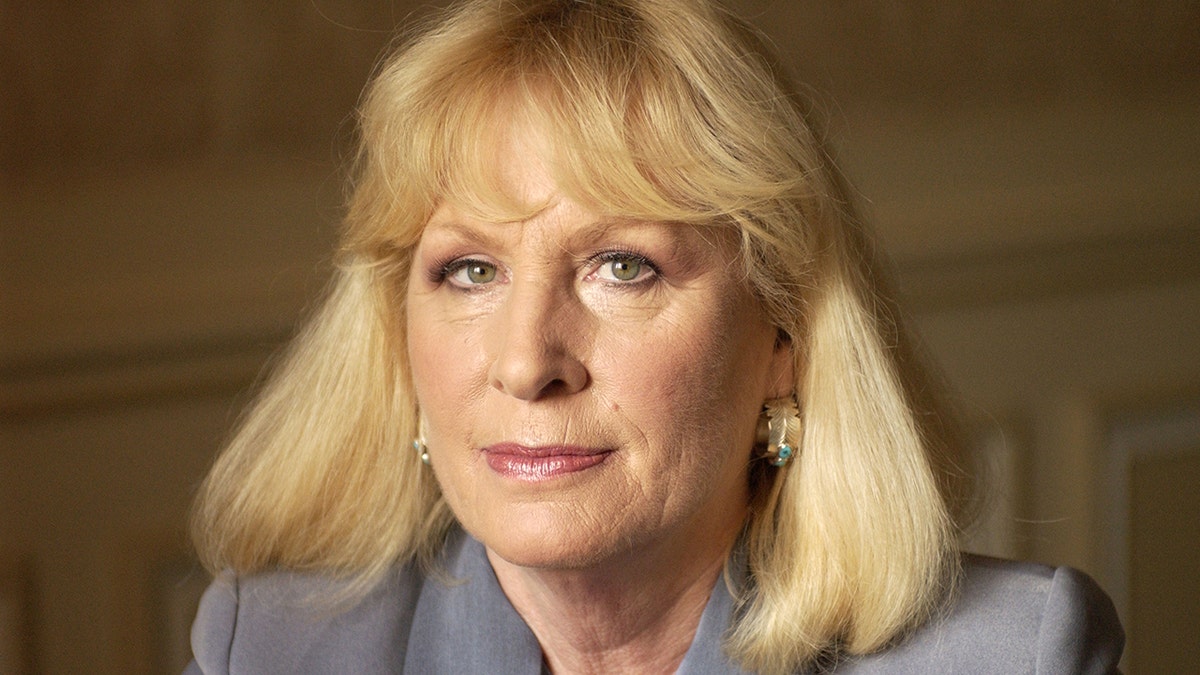
Christina Crawford is said to be disappointed by the film “Mommie Dearest” and the direction filmmakers took. (M. Caulfield/WireImage/Getty Images)
Hoff said Dunaway isn’t the only one who has seemingly distanced herself from the film. Christina, 85, was said to be disappointed by the film.
“There are several scenes that were, shall we say, heightened for dramatic purposes,” Hoff explained. “It’s one of the reasons Christina Crawford does not like the movie. She feels that there was a lot that was fictionalized for dramatic purposes. And she has been [accused] of making up or exaggerating her stories. She felt the movie didn’t help her cause at all. … And a lot of people still dismiss it as a bad movie.
“I think, if you’re still talking about a movie and debating its merits four decades later, you can’t call it a bad movie,” Hoff continued. “Is it a flawed movie? Absolutely. But you are never bored. It’s an entertaining film from that perspective. It has legitimate messages. For some people, it can be a very therapeutic experience. For others, it provides unintentional laughs.
CLICK HERE TO GET THE FOX NEWS APP
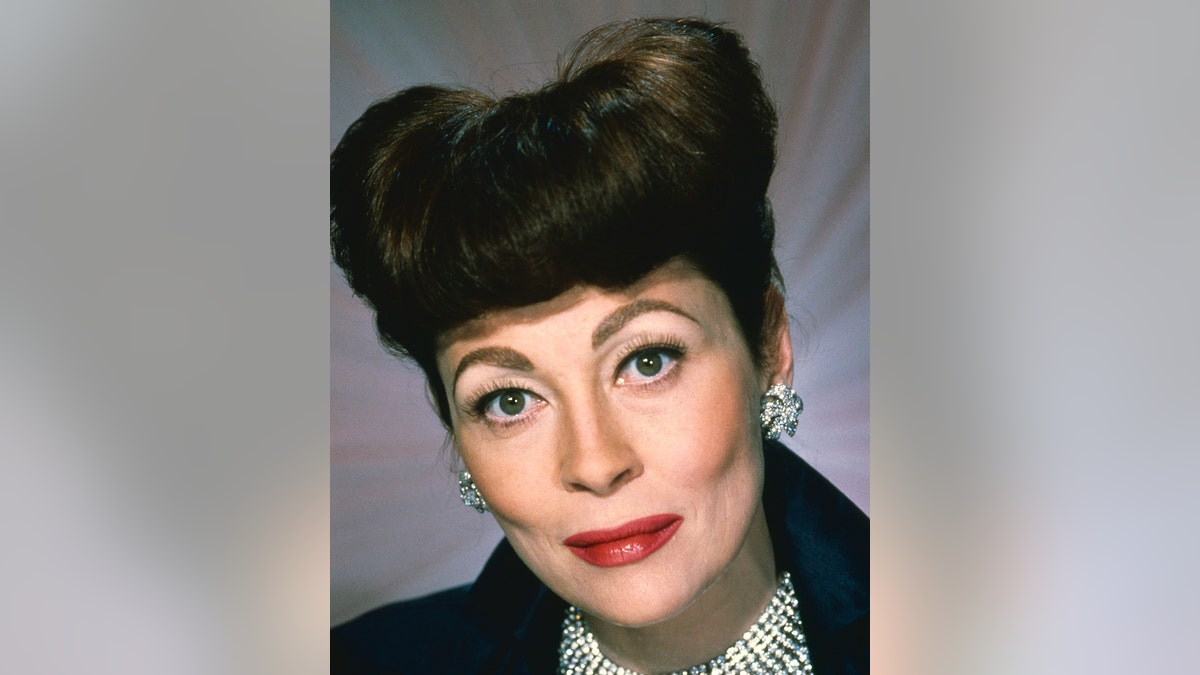
Faye Dunaway reportedly distanced herself from “Mommie Dearest” despite its success. (Silver Screen Collection/Getty Images)
“The biggest misconception is that the film was ‘bad.’ … But from the get-go, it was popular with audiences. It still is.”





